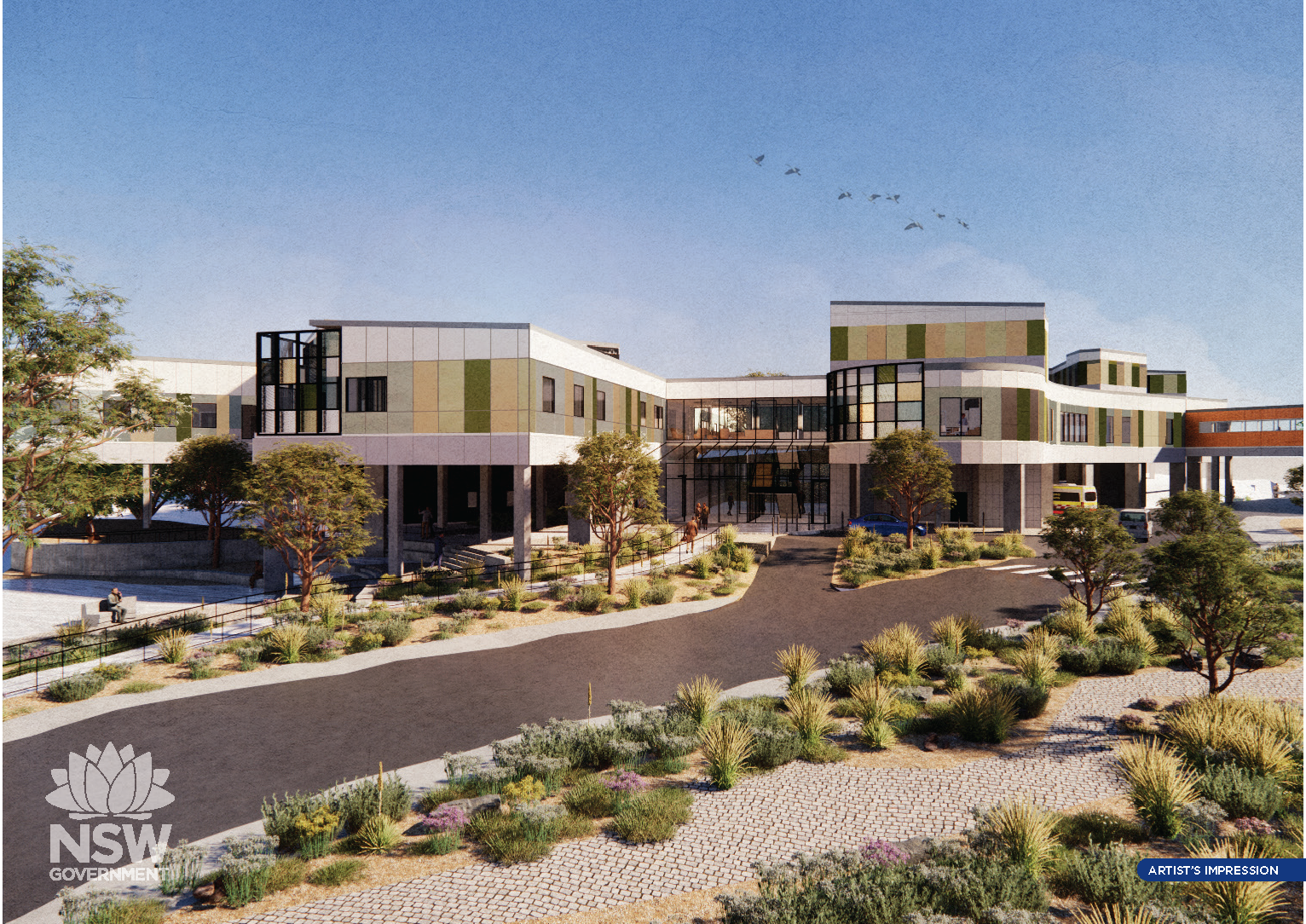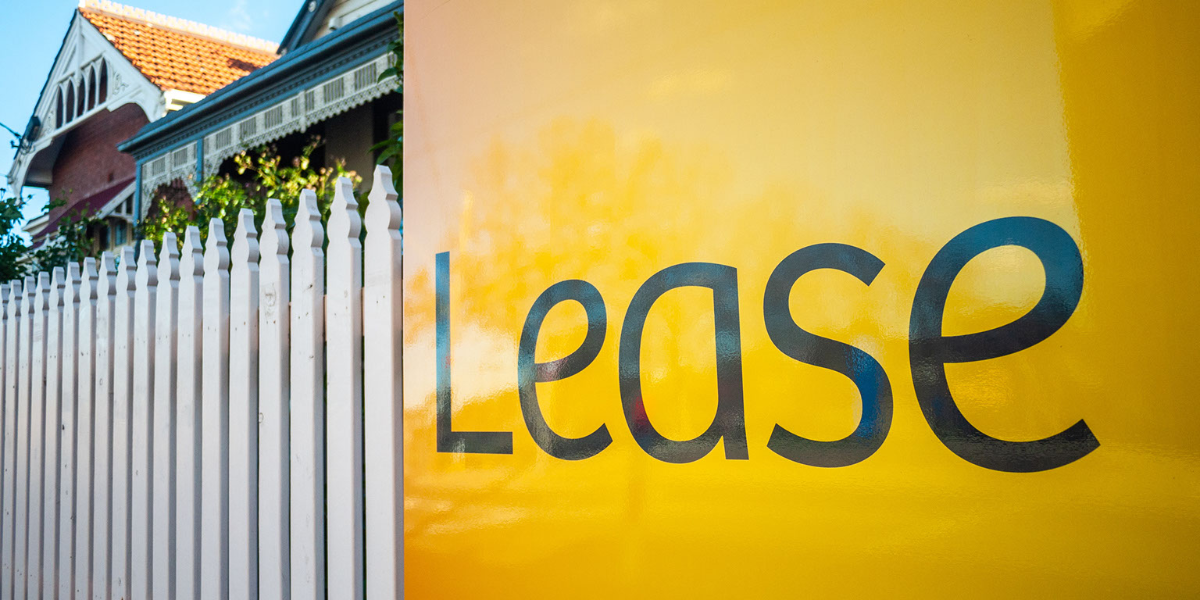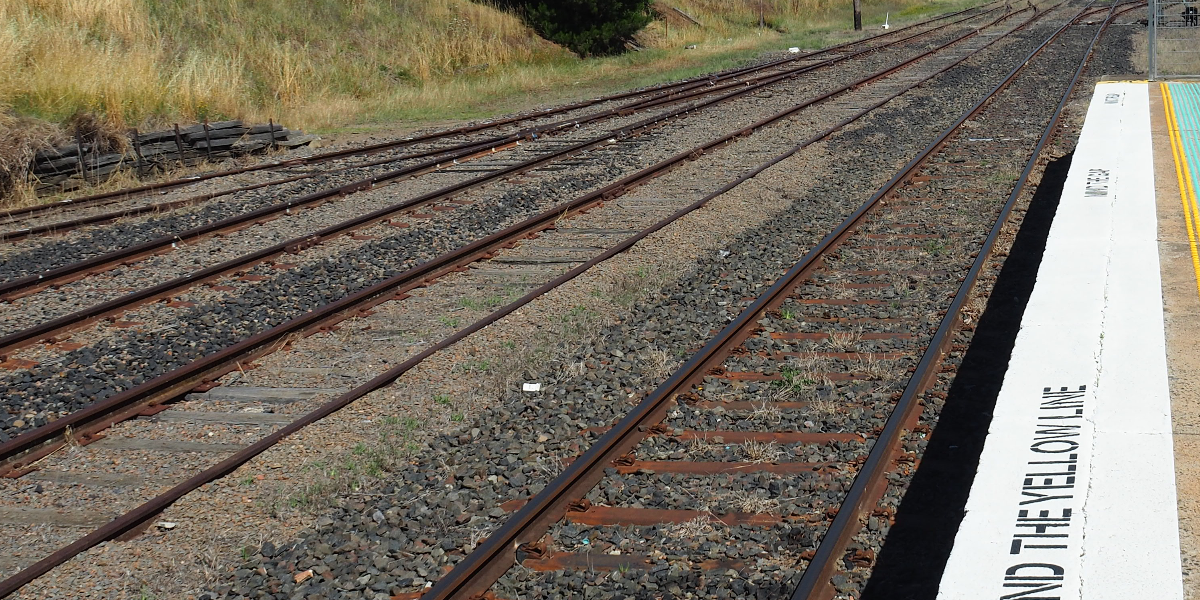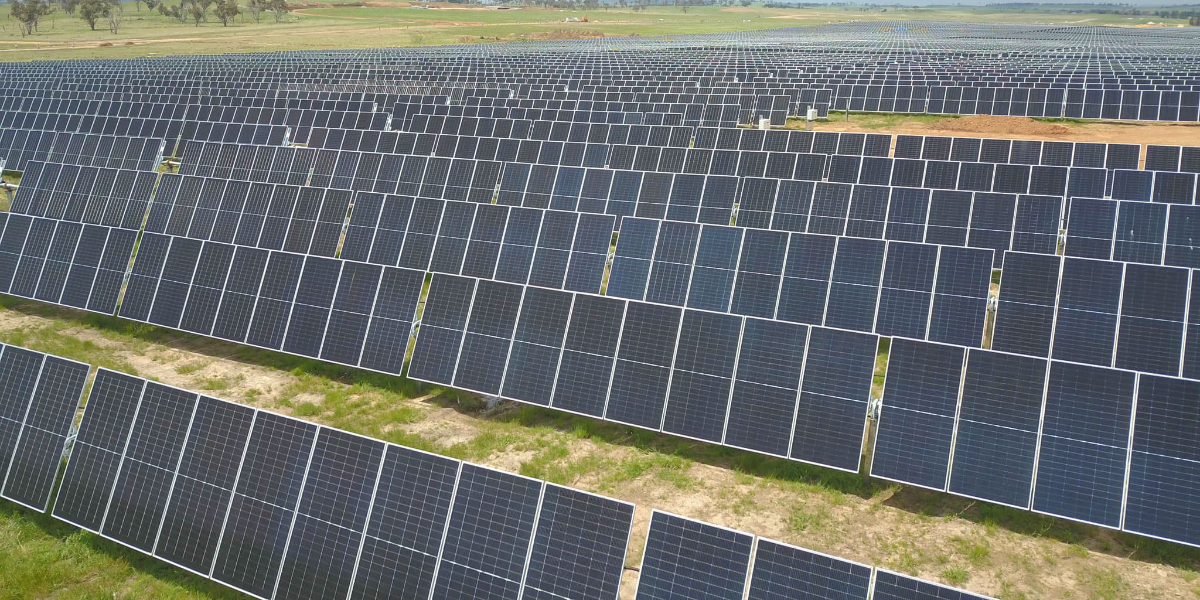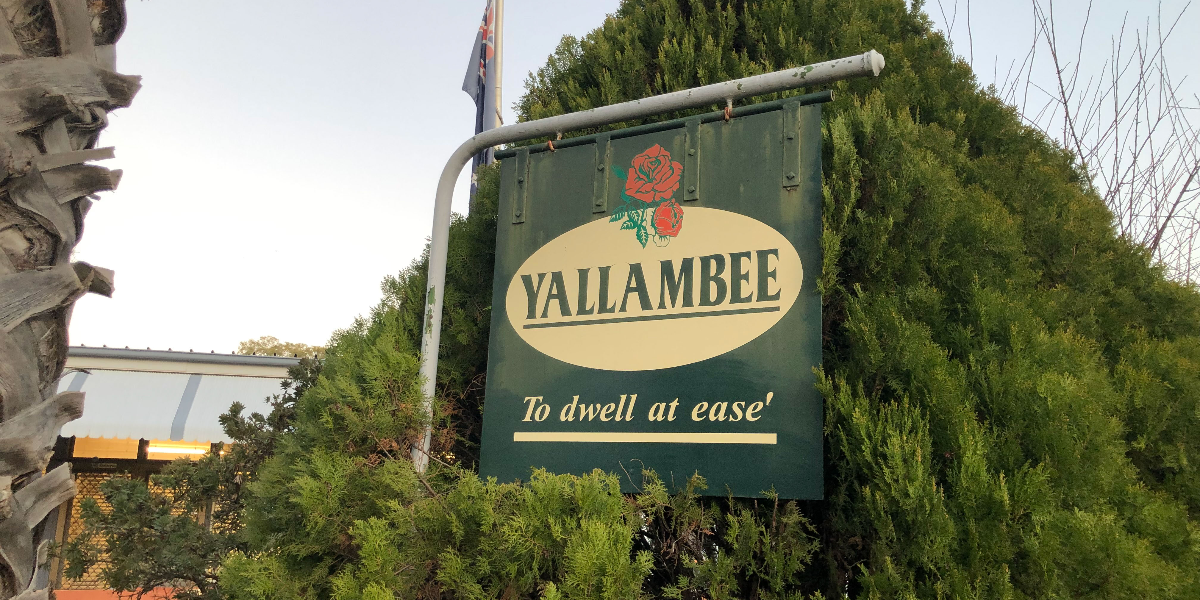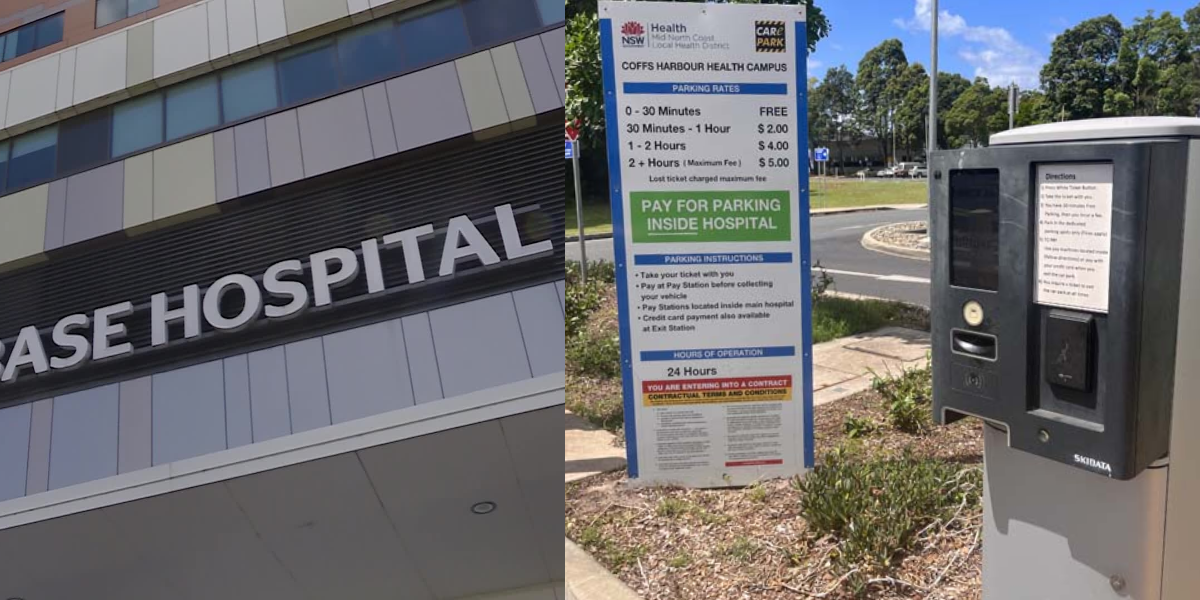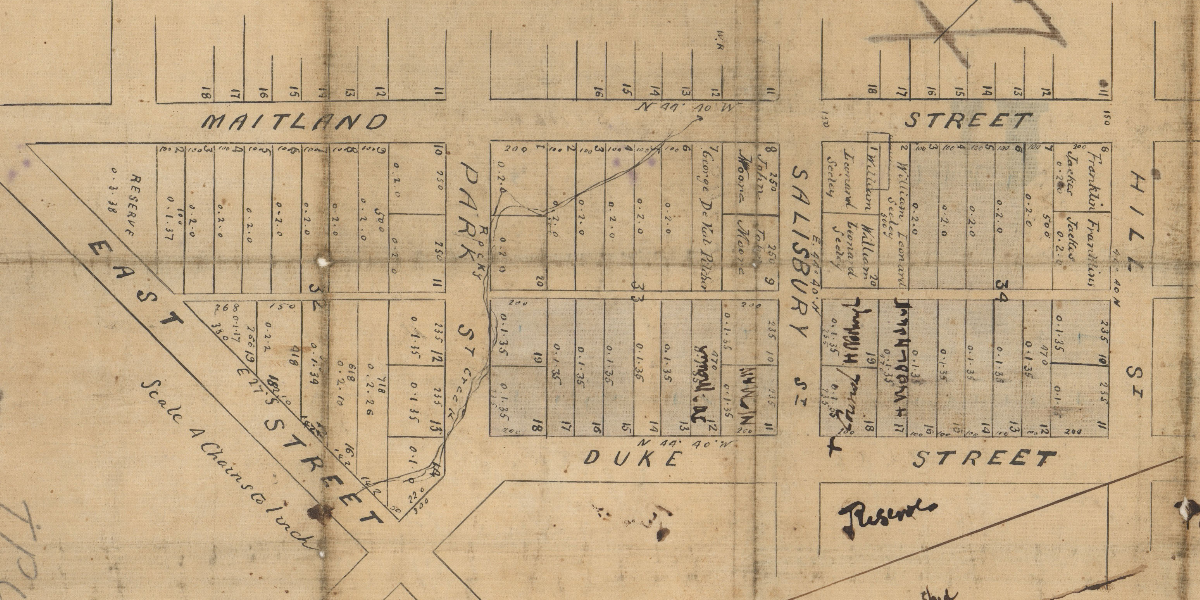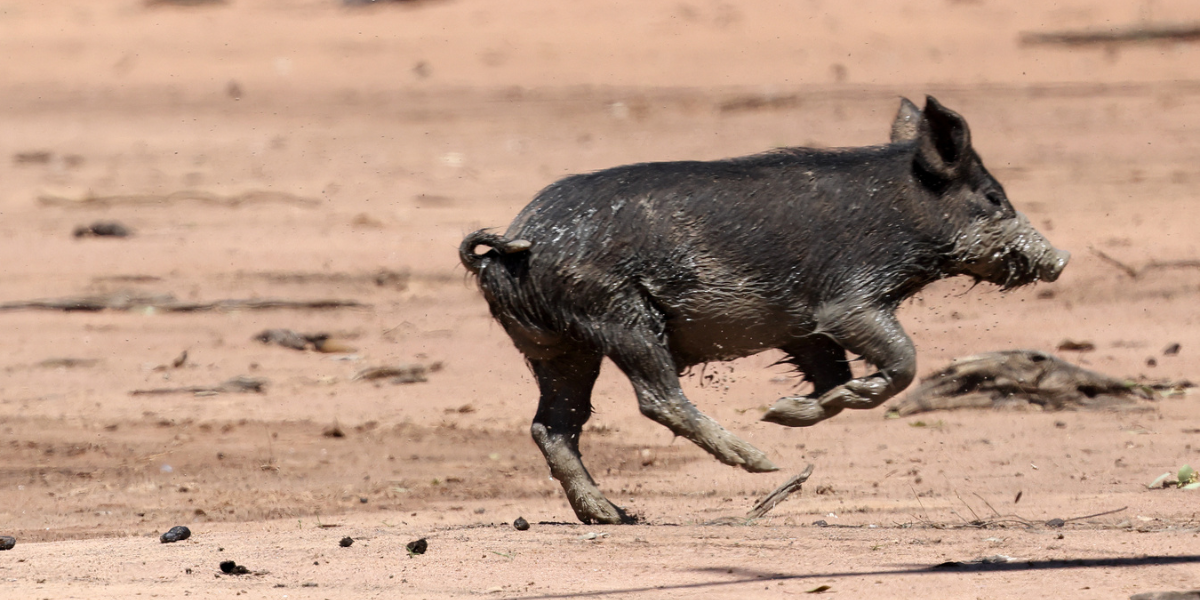Ratepayers in the Armidale Regional Council area concerned about local issues are being encouraged to join the leadership group of the Armidale Regional Ratepayers Association (ARRA).
Lia Edwards
Lia Edwards is a staff writer for the New England Times.
Tamworth’s new mental health unit to include support for struggling kids
The next community information session about the new mental health facility will take place today at 11am, at Tamworth Hospital.
Rents on the rise with rental vacancies remaining low across the New England
Signs of the property market easing have vanished with indications the rental market remains tight across much of the New England
Public forum on the future of trains in Armidale
Another forum on the future of trains north of Armidale will be held tomorrow night at the Armidale City Bowling Club.
Three more solar farms open for comment
Plans for three more solar farms to be developed in the New England are currently on exhibition and open for comment.
Volunteers needed for Yallambee Homes board
Volunteers are needed to join the board of Yallambee Homes for the Aged in Gunnedah.
Free parking at hospitals from 1 August
One cost will soon be eliminated at many travelling patients, with the NSW Government making parking free at Tweed, Coffs Harbour, Lismore, Maitland and Belmont (Lake Macquarie) hospitals.
See what your town looked like 100 years ago
Over 4,600 historic plans of 460 regional towns in NSW have just been digitised and made available for the first time on the State Library of NSW’s website.
$38m for sheep and goat EID tags
The Albanese and Minns Governments have jointly announced more than $38 million to support the transition to sheep and goat eID, but NSW Farmers says it’s not enough.
Millions to tackle feral pigs
The NSW Government is ramping up efforts to tackle rising feral pig populations across the state, providing an $8 million boost to help fund a new coordinated control program.


